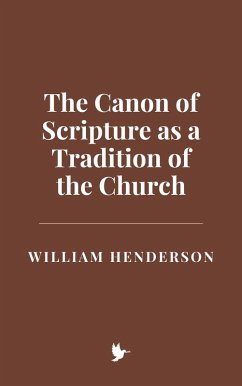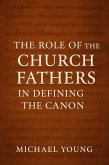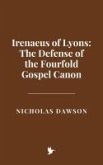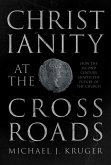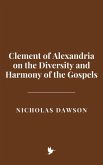The Patristic period, spanning from the 1st to the 8th centuries, saw the Christian Church transition from a persecuted sect to the dominant faith of the Roman Empire. This period was marked by theological debates, the need to clarify doctrine, and the necessity of establishing definitive texts to combat heretical movements that were gaining ground. The very idea of a "canon" of Scripture-the authoritative list of books that the Church recognized as sacred and binding-was not a static or obvious concept. The Christian canon was forged through a delicate balancing act between the Old Testament traditions inherited from Judaism and the emerging New Testament writings inspired by the apostles and their followers.
Dieser Download kann aus rechtlichen Gründen nur mit Rechnungsadresse in A, B, CY, CZ, D, DK, EW, E, FIN, F, GR, H, IRL, I, LT, L, LR, M, NL, PL, P, R, S, SLO, SK ausgeliefert werden.

